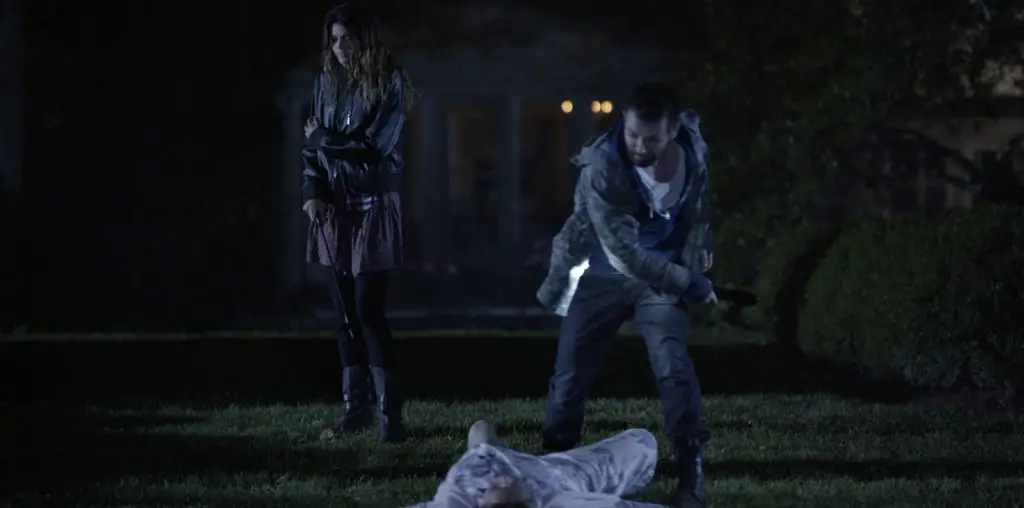
The state of family-friendly animated features has become fairly dismal in recent years, with too many films that either try too hard (and inevitably fail) to be cutting-edge hip and an equal quantity existing solely as a marketing vehicle to promote the sale of toys and fast food. Into this unfortunate landscape, however, has quietly arrived an animated feature, which is not only the perfect film for young audiences but one which will also enchant adults.
The film is “Ben Hur,” based on the Lew Wallace classic. While the source material has already been the subject of memorable movies, this new “Ben Hur” goes beyond recycling well-worn material. Instead it taps back into the Wallace text and focuses the story away from the epic adventure of the famous live action adaptations, taking aim instead on the book’s moral of redemption and faith; after all, Wallace subtitled his book “A Tale of the Christ” and Jesus actually has a larger role in this film version than in the previous go-rounds.
With an 80 minute running time, “Ben Hur” significantly telescopes the sweep of the story line. Indeed, the major action sequences of the previous film versions (the sea battle and, of course, the chariot race) are reduced in time and scope for this production. In many ways, the absence of the grandeur and action are hardly missed–it would be foolish to imagine an animated film, no matter how striking, trying to recreate or top the extraordinary technical achievements of the 1926 or 1959 productions, especially the brilliant editing and cinematography in the chariot race sequences of both versions. But if the knockabout and muscularity are not present, something a lot more relevant can be found: the story’s message of how forgiveness and fidelity can take down the reign of hatred and revenge.
“Ben Hur” is, in many ways, the ultimate tale of the destructive nature of jealousy and emotional cruelty versus the empowering strength of faith and love. Ben Hur’s life is destroyed when he is falsely arrested and enslaved by Masala, his one-time childhood pal whose career as a Roman centurion has made him scornful of Ben Hur’s devotion to his religion. While Ben Hur is condemned to the Roman galleys and his mother and sister are entombed alive in a Roman dungeon, the power of Ben Hur’s faith in God and his desire for reunion with his imprisoned family fuels him through years of great hardship and cruelty. Ben Hur, of course, achieves his liberation and lives to see Masala fall; yet whatever triumph he can enjoy is shattered in rediscovering his mother and sister living as leper outcasts. It is only in the parallel story of Jesus’ ministry and His profound effect on Ben Hur’s mind frame that a sense of true liberation is achieved. Ben Hur learns of the pending arrest of Jesus by the centurions and attempts to raise a militia to protect Him, but the effort is futile on several lessons. Only at Golgotha can Ben Hur come to realize that evil is not conquered with greater evil and violence is not subdued with higher degrees of mayhem.
If “Ben Hur” is unapologetic in bringing a Christian message to its young audiences, more power to it. Unlike that strange CGI film from last year where talking vegetables re-enact Bible stories, “Ben Hur” presents a story of people engaged in harrowing and heartbreaking situations, but are able to find serenity through the devotion to faith. Children who are being raised in the Christian faith should find a strong yet assuring message in this film regarding the emptiness of revenge and the consequences of evil. For children being raised in other faiths, “Ben Hur” provides a gentle introduction to the basic tenets of Christianity without the fear of heavy-handed preaching and without demeaning other theological traditions.
For adults, “Ben Hur” has more than enough to captivate. Chief among its features is having Charlton Heston recreate his Oscar-winning performance in a vigorous voice performance. While the timbre of Heston’s voice may seem too mature for the youth of Ben Hur, it is nonetheless well balanced and sincere in capturing the wide emotional ride, which the hero endures. Heston also narrates the film and appears briefly on-camera in the opening and closing moments, and his appearance is sturdy and relaxed (especially in view of the news regarding the deterioration of his health).
Also worth noting here is the beautiful production design, which combines traditional 2D animation with imaginative 3D animation for the aforementioned action sequences. The film strives for historic accuracy and offers a concise recreation of ancient Jerusalem and Rome, and some smaller children may be unsettled by the scene in the Roman dungeon when it is realized that Ben Hur’s mother and sister have survived their years being sealed behind bricks in a dark cell. Jerome Gray’s screenplay is an intelligent product, which never talks down to children. If anything, it flows as an adult screenplay and encourages youngsters to comprehend at a higher level.
Though ultimately, adults who come to “Ben Hur” can be assured in knowing their children are not being subjected to a film which brings out the worst elements in today’s society. There are no hidden plugs for consumer goods, no sarcastic or cruel put-downs, no vulgarity (no matter how seemingly benign) and no gratuitous violence. What is here, however, is a story where faith and love of family is stronger than any sword or dagger. In a world which seems to grow more chaotic and emotionally frayed by the day, the message of “Ben Hur” is more than relevant. And this beautifully conceived production should be enjoyed by as many families as possible.
